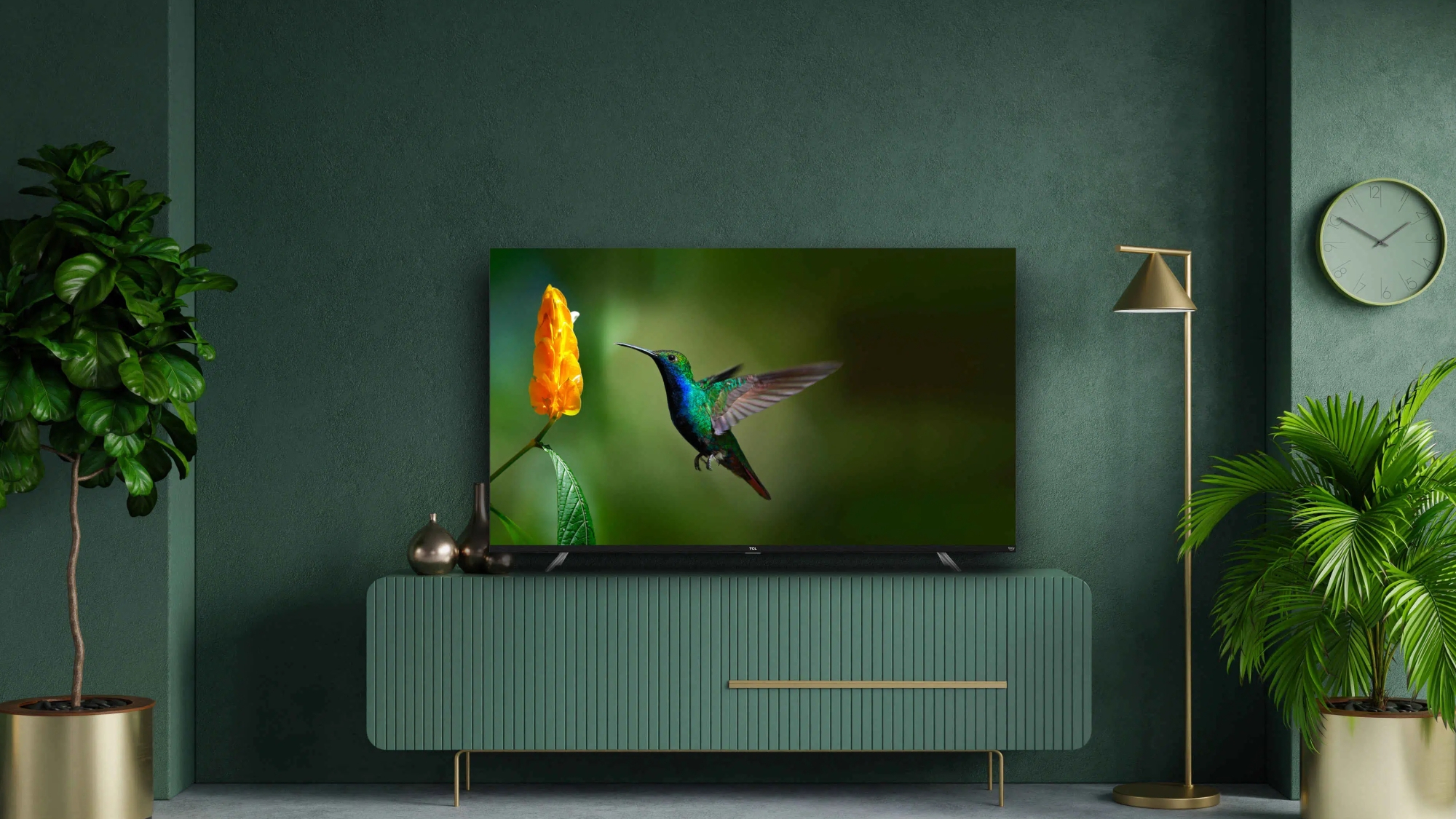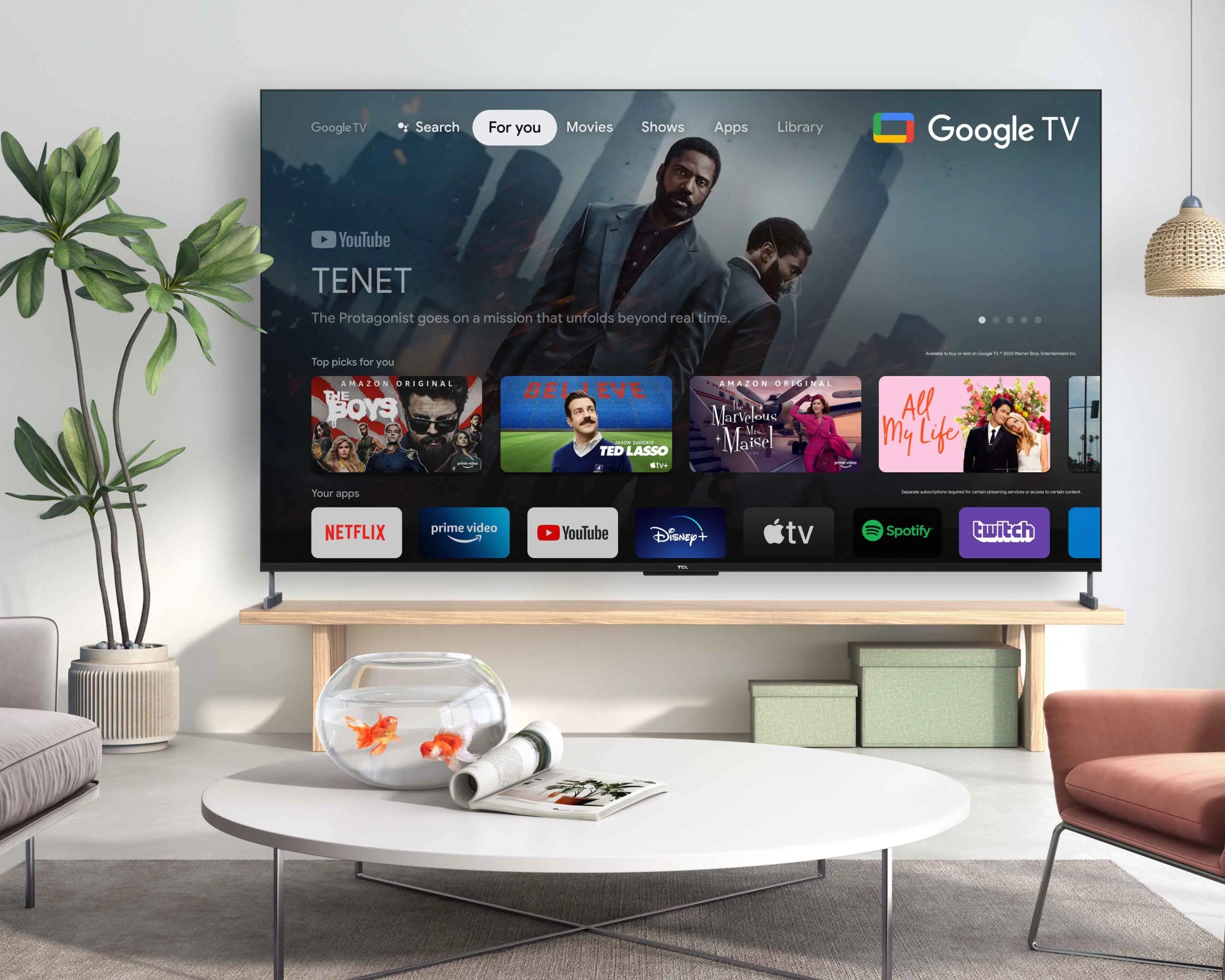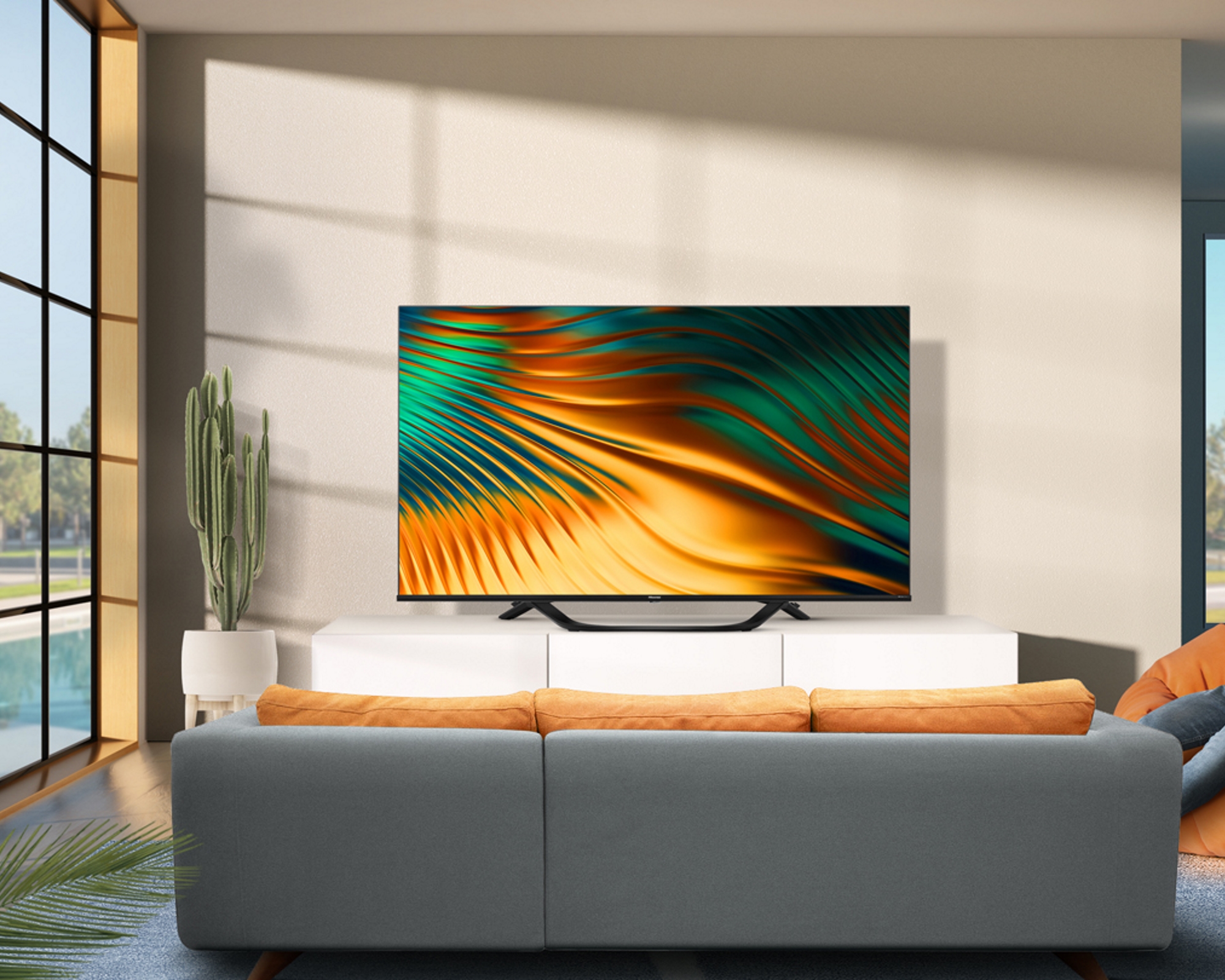
If you're currently in the market for a new television, you're likely considering how to get the best technology at the lowest price. This means you might be exploring options from brands typically associated with the lower end of the market.
Hisense and TCL are two such brands, offering the latest technology at a more affordable price point if you know what to look for. But how do you choose between them, and can their TVs really compete with those from high-profile manufacturers like Samsung, Sony, and LG?
We've been closely monitoring the developments from various home cinema brands over the past year, and we're here to say that both Hisense and TCL are excellent options. We've compared the offerings from both below, so keep reading if you're having trouble making a decision. For more information, you can refer to our guide on the best TV brands.
Hisense vs TCL: Pricing
Both Hisense and TCL are well-known for offering budget-friendly TVs with impressive features. Generally, both brands offer a good value proposition, with comparable prices and a range of options to suit different budgets. While Hisense may offer slightly cheaper options for high-end models, TCL counters this with advanced technology and exceptional performance.
TCL's strategy involves offering high-quality, technologically advanced TVs at competitive prices. TCL is known for its balance between price and performance. Its prices start at $180 for a 32-inch Full HD 3-Series TV. If you prefer 4K, TCL's 4-Series TV is available in sizes ranging from 43" ($300) to 85" ($1,300).
Hisense's strategy focuses on providing essential features while keeping prices low, thus offering quality products at affordable prices. Hisense offers a range of TVs, starting from around $160 for a basic 32-inch HD H55 TV. For Full HD, the A4G Vidaa TV is priced at $250, and the 4K 43" A6 TV is available for $270. Prices go up to $680 for a 75" model.
- Verdict: While TCL is the right choice for a super-super-budget standard LED model, you will save money with Hisense in most other areas, including 8K resolution.
Hisense vs TCL: Display technology
The key distinction between TCL and Hisense lies in their display technologies. Both brands offer advanced display technologies to enhance the viewing experience. Hisense stands out with ULED and superior contrast ratios, while TCL shines with QLED and better color production. This allows consumers to prioritize specific display features when making a choice.
TCL is well-known for its superior color production, peak brightness, and wider viewing angles. It primarily focuses on Quantum Dot LED (QLED) technology and full-array local dimming (FALD) to enhance contrast. TCL has incorporated QLED into many of its TVs, a technology similar to Samsung's that is designed to amplify brightness and contrast using a quantum dot layer. TCL has also embraced mini-LED technology, enabling a higher density of lights on screens of the same size.
In 2024, TCL announced a massive 115-inch TV—the TCL QM891G—which offers 37.7% more screen area than a 98-inch model for a more immersive experience. The brand has also introduced a new flagship series—the QM8—featuring Mini LEDs and more than 2,000 local dimming zones for enhanced contrast.
Hisense excels in contrast ratios, local dimming, and motion handling, resulting in deeper blacks, uniform brightness, and smoother motion. The brand provides TVs with LED, QLED, and ULED technologies to suit a variety of price points. Hisense has introduced its proprietary Quantum ULED technology, concentrating on enhancing backlights, motion, and colors. For example, the 65" U6GR Quantum ULED 4K Roku TV, priced at $800, offers Dolby Atmos, potentially eliminating the need for one of the best soundbars.
Like TCL, in 2024 Hisense announced a 110-inch TV that is significantly larger than previous models. This TV, the Hisense 110UX, is an ultra-bright model up to 10,000 nits. The brand also introduced the U8N model, boasting improved brightness, a full array of local dimming, and mini-LED technology.
- Verdict: Hisense wins by a hair, with superior sound technology and its own Quantum ULED technology. That said, the display tech and image quality for TCL is also good, and you won't go far wrong with either so long as you do your research.

Hisense vs TCL: Formats and operating systems
Many people have personal preferences when it comes to smart TV platforms, and we know that they can make or break a TV purchase. Unlike Samsung, LG, and some other brands, TCL and Hisense don't have their own operating systems, so the choice comes down to Roku, Android, or Google TV. Many models even give you an option.
Speaking of that choice, Hisense has more Android TV than TCL, while the opposite is true for Roku and, more or less, even for Google TV. If you want our opinion on that particular system (tease: we love it!), you can read our review of the Chromecast with Google TV.
Smart assistants are strictly Google Assistant territory, and you won't find Alexa built into a TCL or Hisense television right now. Both brands support compatibility for the smart assistant on various models, however, and for Apple's Siri if you already have the system at home.
- Verdict: It's a tie! Whether you want to go for Roku, Google or Android streaming technology comes down to how you navigate and watch TV, while Google Assistant is the name of the game across both brands' ranges.

Hisense vs TCL: Our verdict
- Winner: Hisense
TCL and Hisense offer great, affordable options that lack some of the buzz and style of the more well-known brands but have plenty of substance. In most cases, the pair were neck and neck in our comparisons, but if pressured to pick a winner, we would give the trophy to Hisense with its slightly lower prices.
In 2024, TCL launched a 115-inch TV, offering 37.7% more screen area than a 98-inch model. Hisense also introduced a 110-inch ultra-bright TV.
Hisense and TCL offer competitive options in the high-end TV market. Hisense focuses on providing essential features at affordable prices, excelling in contrast ratios, local dimming, and motion handling. On the other hand, TCL is known for superior color production, peak brightness, and wider viewing angles, primarily focusing on QLED technology and FALD. Both brands also offer various smart TV platforms and support for virtual assistants like Google Assistant and Siri.







